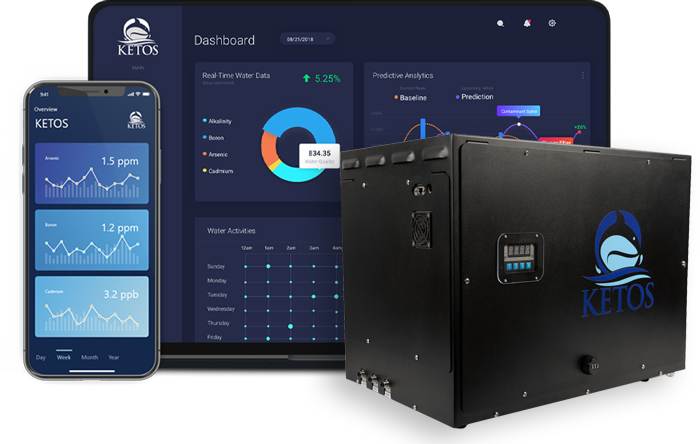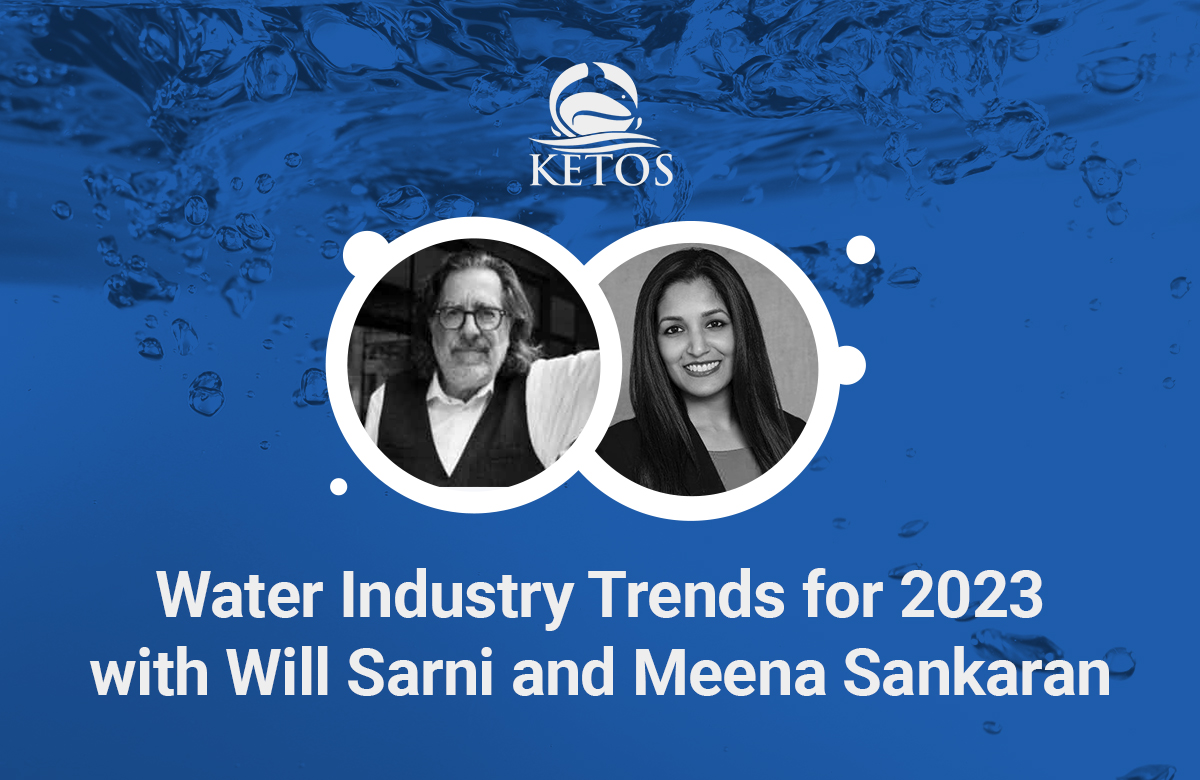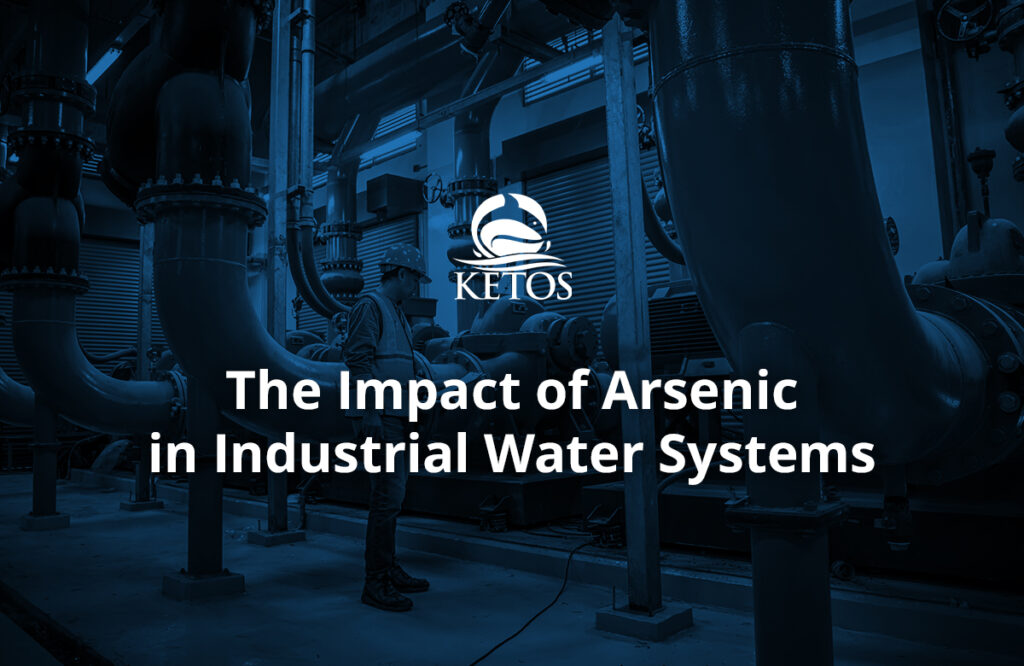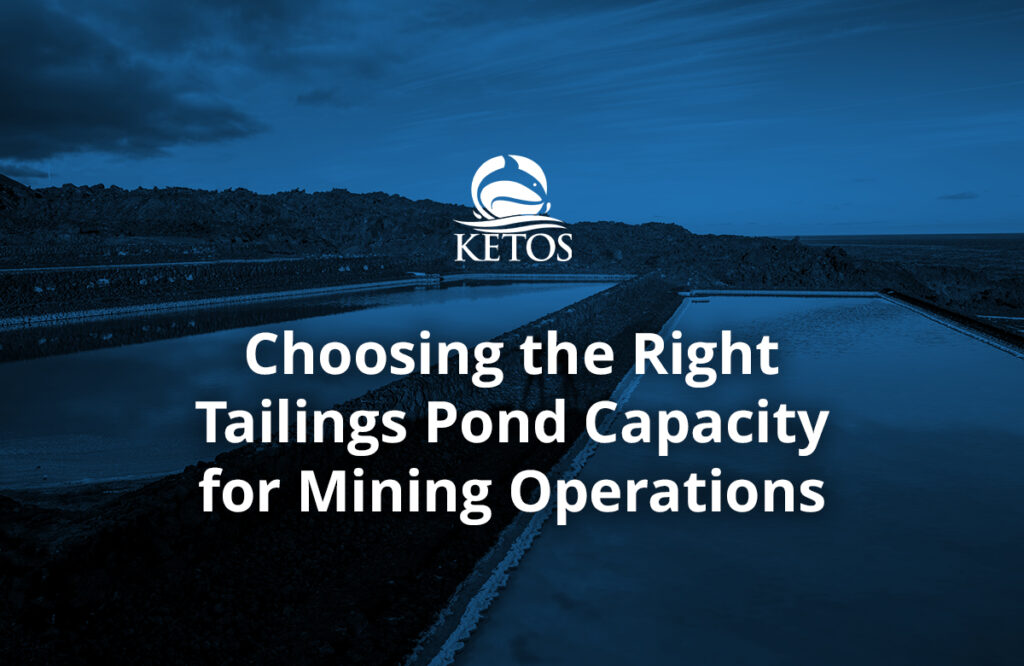Earlier this month, in the latest KETOS webinar installment, CEO Meena Sankaran spoke with industry leader Will Sarni (CEO of Water Foundry and KETOS Strategic Advisor) to discuss the outlook for the water industry in 2023 and what the latest trends may be signifying in terms of future changes.
You can view a recording of the entire webinar here:
Here are some of the most exciting takeaways that will help dictate the future direction of innovation in water.
The Water Industry is Traditionally Slow to Act. Has That Changed?
While Will Sarni and Meena Sankaran agreed that the water industry has traditionally been slow to adapt to change (unlike other sectors like renewable energy or transportation), there’s reason to believe that’s about to change. But why now?=
That’s likely due to the fact that water is a difficult resource to manage. It’s largely invisible (for example, under the ground, for many use cases). It’s also primarily been “free” and therefore hasn’t been considered “valuable” per se, especially in locations with a historical record of being overly abundant.
Water itself is just half of the equation. The water sector, in general, is traditionally conservative and risk-averse. However, climate change is shifting perspectives – rapidly. For the first time, people are coming to understand the intersection of water in climate, food, energy, and more. As water scarcity challenges become widespread, water is gaining more attention – and with that attention comes the potential for more innovation and pressure toward rapid change.
Everyone is Feeling the Impact of Water Scarcity
The focus on UN Water Week and COP finally having a water topic shows genuine international interest – and concern – about the availability of sufficient water worldwide.
Will Sarni also noted the trend of water as an element that’s biting into business development, economic growth, and social well-being. For example, close to home, in the American midwest, there are now housing developments that cannot be built since water isn’t available. As a lack of water quality and availability begin to push back on economic development, likely, in the private sector at least, water is about to take center stage as a source of contemplation as businesses consider where – and how – they operate going forward.
It’s not just North America. In Europe in Latin America, public and civil society are forcing businesses to reconsider locations based on a lack of water availability. And once water scarcity and quality are in such a state, it garners more considerable attention from businesses and the public.
The silver lining is the adoption of real-time data, which could be a game changer. As innovation continues to deliver on its promise of better oversight and understanding of a somewhat “invisible resource” like water, fundamental digital transformation may be around the corner.
How Utilities Can Accelerate Digital Transformation
It’s time to flip the script on how innovation happens in the public sector. As conservative entities, public sector companies don’t tend to jump at the chance to innovate. Instead, they demand that private sector companies adjust to their needs instead of embedding innovation into their own culture and be open to new ideas and approaches. If utilities want to accelerate change and leverage technology, they must first be willing to change how they think.
An excellent way to start is thinking about their workforce as the private sector does.
Businesses can often adopt technologies faster because they are seeking out talent that is agile and innovative. They want individuals who can think outside the box and bring new ideas to the table to help the company grow.
However, most people advising utilities are from utilities. There need to be more diverse voices invited to the table to help utilities think beyond historical approaches.
2023: An Opportunity for Public and Private to Join Forces
While the private sector continues to focus on creating business value, and the public sector focuses more on efficiency and sustainability, there’s a real opportunity in 2023 to align on the health of water for the betterment of all. After all, healthy watersheds (including ground and surface water) don’t just benefit communities – they help businesses too.
There’s so much each sector can learn from the other. While utilities may be slow to adjust, for example, they may gain traction by following a more private-sector approach of embracing innovation as part of an internal business model and seeking technological solutions to solve real-world problems within their operations.
Likewise, businesses can learn ways to increase efficiencies and compliance and discover untapped best practices by learning about utility approaches.
With more communication, public and private sectors may discover deep alignment with water strategy and sustainability policy. Each can learn from the other about new challenges, procurement methods, and business models that can overlap and enrich both sectors in new and interesting ways.
Don’t Rely on Federal Funding to Drive Real Change
While federal funding for infrastructure projects and strengthening water-related regulations is welcome, it won’t necessarily drive digital transformation. That’s because most of the funding isn’t likely to go towards innovative projects. Much like the water sector, the government has not proven itself to be entirely agile. The end result: money will likely get funneled towards projects that will invest in technologies that may not be as innovative due to a focus on supply as opposed to demand.
If that’s the case, where will change come from? Likely, as Will Sarni advises, the innovation will come directly from innovators that go directly to customers seeking sustainable, resilient, compliant solutions. And, as innovation drives the private sector, NGOs, and multinationals, so too will the private sector, NGOs, and multinationals begin to push on governments to make the public policy changes necessary to meet the moment.
Key Takeaways for the Water Industry in 2023
Three years ago, KETOS noticed that many customers and potential customers saw the company’s value proposition as labor savings and operational efficiency for water monitoring. While those needs haven’t gone away, as CEO Meena Sankaran notes, in the past 24 months, sustainability issues have come to be top of mind, with companies coming to KETOS seeking solutions for sustainability performance and reporting or needing a water module for ESG data.
The bottom line: a change in conversation is picking up steam.
“Water is a cross-cutting issue,” points out Will. “There’s an incredible focus on water across industries.” Water can be a real opportunity. In 2023, delivering value differently via digital technologies is now possible. By focusing on innovation in business models and partnerships, water can build increasing value within organizations and, in turn, can help us create an increasingly resilient landscape across business and society.
